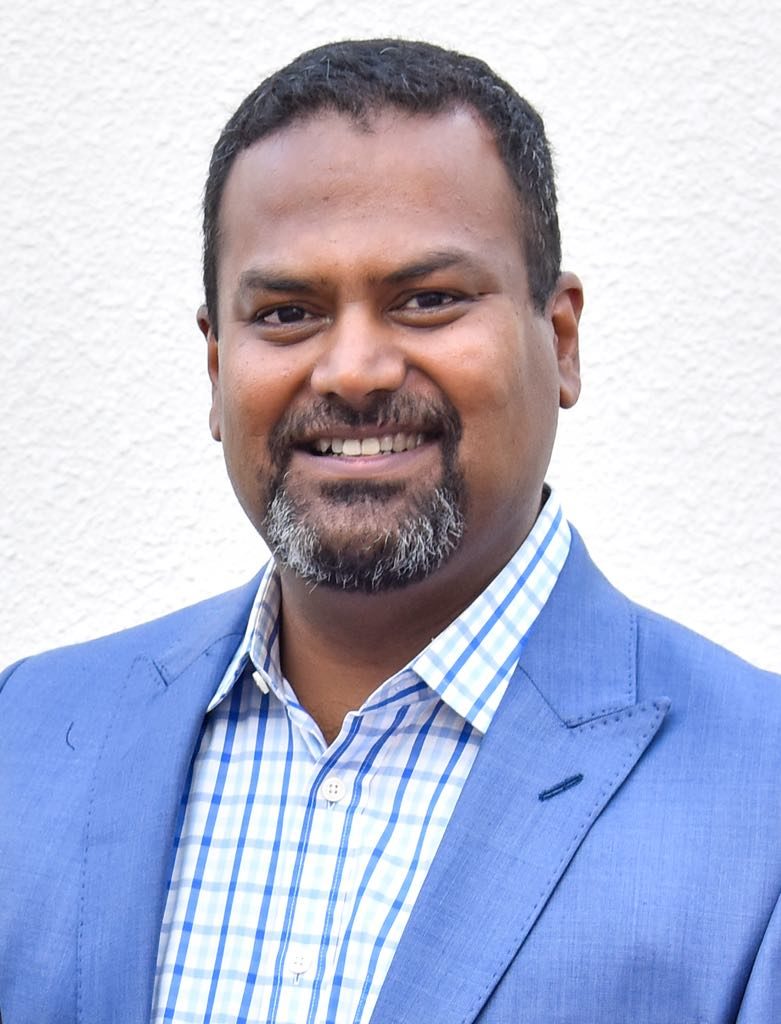
Have you ever walked out of a restaurant after a filling meal with an empty feeling in your stomach? I have. It is the feeling one gets after eating sushi without wasabi, Korean food without kimchi, and Thai curry without hot chilis. While food serves to nourish our bodies, the salt and spice make eating it desirable. Without the flavor and taste we crave food is nothing more than bland sustenance. Under PDPM, the primary diagnosis captured on the Initial MDS Assessment drives the flavor of the stay, especially the amount CMS pays at checkout. And, you guessed it, there is no gratuity included!
Why is the primary diagnosis so important? It is common knowledge that the Initial MDS Assessment is meant to capture the residents’ characteristics upon admission to a SNF for Medicare A stays, and this in turn drives reimbursement for services provided during the entire stay, unless an IPA is performed. The primary diagnosis maps the residents’ clinical category to one of 13 predefined categories, and therefore identifies the base rate for reimbursement for the care episode. Errors in categorization could mean a variance in rates by $100 a day or more!
The ‘why’
What is the primary diagnosis? The simple answer: it is the reason for the skilled nursing stay. It is not “how” residents got there, but “why.” Therefore, in a vast majority of cases, hospital diagnoses perhaps are not the best answers. Hospitals tend to treat acute conditions and generally, by the time residents come to SNFs, the acuity would have worn off. If the acute condition persists and is the driver of much of the care and services a resident requires in SNF, such as an aspiration pneumonia still being treated with intravenous antibiotics, respiratory therapy, oxygen, nebulizers, and speech therapy for associated dysphagia, perhaps that is a good primary diagnosis. However, if the resident is doing better on oral antibiotics and has Parkinson’s disease or a previous stroke that is the underlying problem that requires much of the care and rehabilitation, then that should be the primary diagnosis.
A timely and thorough clinical assessment of every new admission is therefore crucial to establishing the primary diagnosis. It is tempting to look at the myriad ICD 10 codes that accompany a resident from the hospital and pick one that looks complicated, usually involving a vital organ system, such as heart failure or lung disease. Unless the care being provided revolves around these diagnoses, the resident will be mapped to a medical management category, which carries one of the lower reimbursement rates. Such mistakes are easily avoided if the ‘why’ question is consistently entertained.
Surgery of any kind, immediately preceding a SNF admission, needs to be reported to get the right categorization and appropriate reimbursement. All surgeries are reported with a Z code, signifying aftercare for the procedure. Fractures need to be reported with “subsequent care” codes with a mention of the status of the fracture healing. Whether aftercare and fracture care become principal diagnoses are answered by the “why” question. Drug Regimen Review (DRR), when done accurately, will identify many missing diagnoses when medications don’t match the list of diagnoses. DRR is a great opportunity to capture missing patient characteristics, while discontinuing unnecessary medications. Polypharmacy is not only unnecessary and expensive; it is also inherently dangerous for our elderly patients. When the number of medications a patient is on reaches double digits, a drug interaction is almost inevitable.
PT, OT and SLP are the categories most affected by clinical categorization that is driven by the principal diagnoses. It is important to remember that a physician or a clinical practitioner needs to have documented the diagnosis on the patient’s record within the preceding 60 days, and the diagnosis needs to be “active” in the seven-day look-back period during the initial MDS assessment. The principal diagnosis needs to be specific enough on the ICD-10 coding terminology that it does not result in RTP (Return To Provider) for lack of specificity, and also needs to be addressed in patient’s medical record periodically to legitimize its use for billing for services rendered. Ideally, it should also be featured in the clinical practitioners’ admission and progress notes, thus substantiating the need for patients to receive necessary skilled services as residents at SNFs.
Go, team
To perfect the PDPM process, SNFs need to embrace a team-based approach. This starts during preadmission — when all necessary diagnostic information is procured from the hospital and patients’ primary physicians’ offices. This information needs to be reviewed and corroborated by clinical practitioners on a timely basis, soon after admission — to allow enough time for an accurate initial MDS assessment to occur. MDS clinicians and nursing administration need to work concurrently with PT, OT and SLP professionals to answer the ‘why’ question, and only then should the principal diagnosis be chosen. Clinical category mapping is thus accomplished — with potential clinician call-back if there is any doubt as to the accuracy of diagnostic information or documentation. A chart audit before every claim submission and after a change of condition, periodic external audits to refine the above processes, and continued training for the team, are surefire ways of achieving PDPM success.
A recipe for a great meal is hardly ever simple. There are so many ingredients that need to be incorporated at the correct amounts, at the right time, after an elaborate amount of prep work to make it happen. Too many chefs spoil the broth, but an orderly collaboration between pastry chef, sous chef and the head chef usually results in a gourmet meal. In other words, the PDPM team needs to understand individual roles and work collaboratively with each other to achieve success. If they do that, we have a great meal. Anything less, and we make a meal of it.
Rajeev Kumar, M.D., CMD, FACP, is CMO, Symbria Inc., and secretary of AMDA: The Society for Post-Acute and Long-Term Care Medicine.





